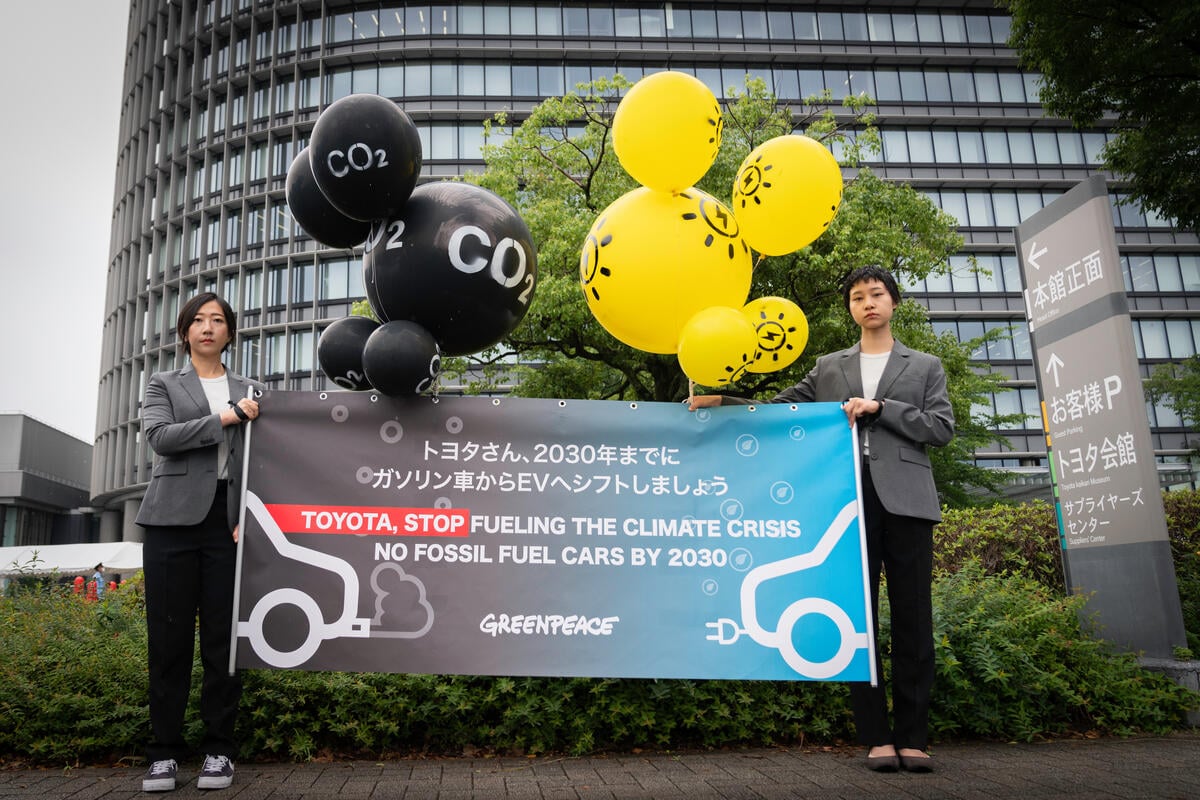July 20, 2022
Beijing – Provincial governments across China approved plans to add a total 8.63 gigawatts (GW) of new coal power plants in the first quarter of 2022 alone, already 46.55% the capacity approved throughout 2021, new research from Greenpeace East Asia’s Beijing office shows.
“Building more coal-fired power capacity will not provide energy security for China. This is a deep-seated falsehood. It’s part of a traditional mindset about the energy sector that clawed its way back into prominence rather quickly. An overcapacity of this one energy source is a major hurdle for energy security, as well as China’s energy transition. China’s power inadequacies do not originate from low generation capacity. China has an overcapacity of coal-fired power plants. Power inadequacies originate from poor integration of generation, grid, load, and storage,” said Wu Jinghan, the climate & energy campaigner in Greenpeace East Asia’s Beijing office.
The rate at which China approved new coal capacity dipped in mid-2021, after Chairman Xi Jinping’s 2021 announcement that the government would “strictly control the expansion of coal power.” After a series of power outages across the country in the fall, however, the government began to signal a renewed focus on “energy security” and “energy supply.” By Q4 2021, new-approved coal capacity surged back, particularly in state-owned enterprises (SOEs).
In 2021 and the first quarter of 2022, newly approved non-CHP coal-fired power in six provinces accounted for 65.7% of new coal power approvals: Hunan, Shaanxi, Gansu, Anhui, Zhejiang, and Fujian. On approval documents, the most frequently cited justifications for new coal capacity were the West-to-East power transfer policy, “taking advantage of local resources”, “updating generation capacity to be more efficient”, and “supplementing shortcomings in local power generation.”
Of the twelve non-CHP (2) coal-fired power plants approved throughout 2021 and the first quarter of 2022, seven of them (totaling 10.62 GW, or 59.64% of the total non-CHP capacity approved that period) were officially approved for “supplementing shortcomings in local power generation.”
“Energy security has become sort of a code word for coal, rather than for reliable supply of energy. Provincial governments look to Beijing closely for guidance. So long as “energy security” is the code word for traditional, emissions-heavy economic planning, they will use it. Coal-dependent provinces need the right directions to move forward,” said Wu.
SOEs run by provincial governments are particularly responsive to short term trends in energy planning. Provincial SOE’s percentage of new coal approvals (compared to national government SOEs and non-state run enterprises) decreased from nearly 60% in 2020 to 6.54% in the first three quarters of 2021, and back to 50.06% across Q4 2021 and Q1 2022.
The central government must get a hold on China’s runaway coal expansion, either by controlling the approval process or setting up a policymaking guidance similar to a traffic light system for new coal power projects, which can communicate the severity of mounting risks to local DRCs.
—
ENDS
Notes
Report (in Mandarin Chinese) here.
For media enquiries please contact:
August Rick, Greenpeace East Asia, Beijing, ([email protected])
Greenpeace International Press Desk, [email protected], +31 20 718 2470 (24 hours)



